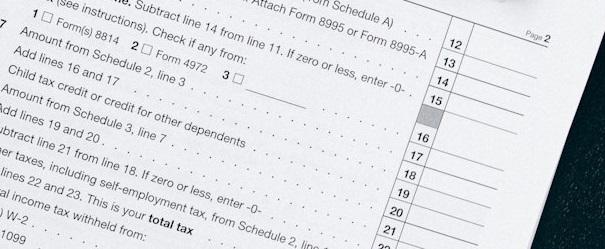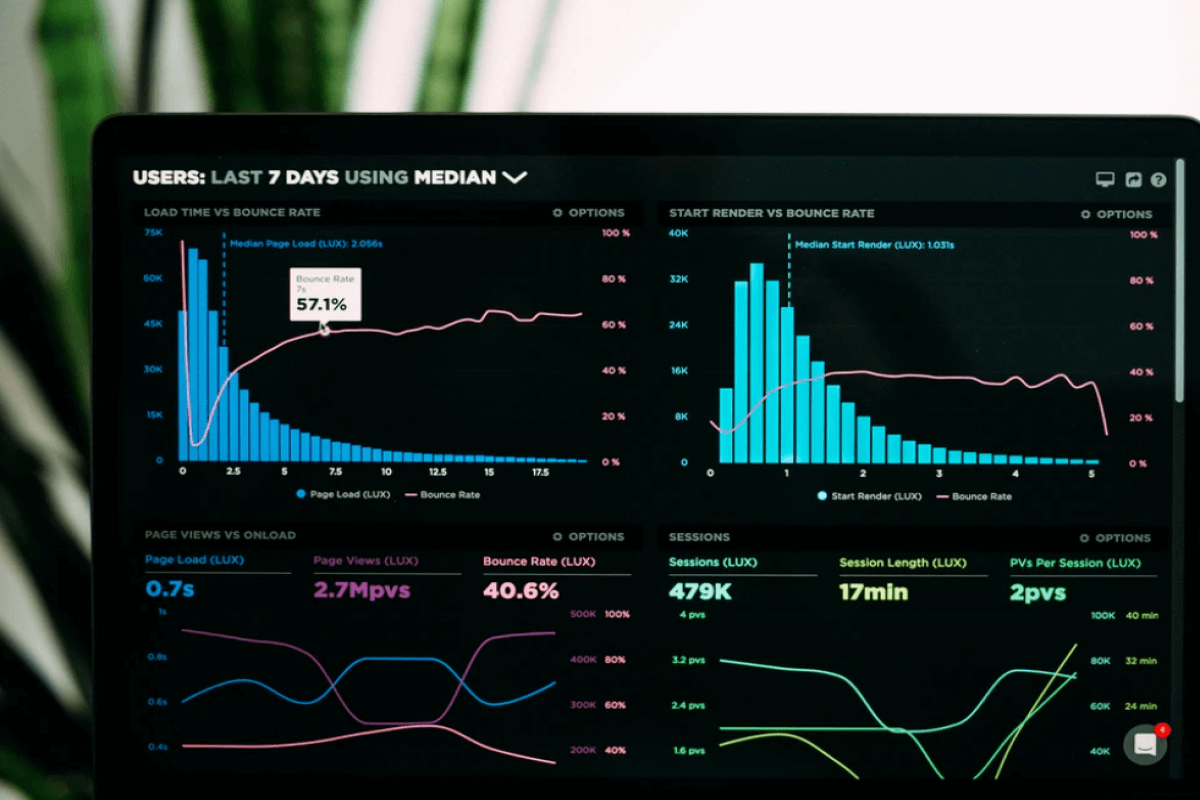
Each tax season brings changes to tax rates, rules and deductions. Staying on top of these changes is crucial for CPAs and other tax professionals.
For 2024, line-item deductions, also known as adjustments to income or above-the-line deductions, aren’t very dramatic, but there are a few inflation adjustments to keep in mind. Below, we’ve distilled some of the must-know line-item deductions for 2024 for you.
Changes to Line-Item Deductions in 2024
When you are working with your clients in 2024, here are the specific line-item deduction changes for tax year 2023 to keep in mind.
Education expenses
Teachers often invest a lot of their own money into outfitting their classrooms and purchasing supplies. To help offset some of those expenses, the educator expense deduction allows them to deduct up to $300 of unreimbursed expenses ($600 if married filing jointly and both spouses are educators). Some examples of eligible expenses include professional development courses, books, supplies, computer equipment, and materials used in the classroom.
Eligible educators include K-12 teachers, instructors, counselors, principals, and aides who work at least 900 hours per school year.
Health savings account (HSA) contributions
For the 2023 tax year (returns filed in 2024), the maximum deductible HSA contribution limits have been adjusted upwards. Your clients can contribute up to $3,850 for self-only coverage and $7,750 for family coverage. Those 55 and older can contribute an additional $1,000 in catch-up contributions.
Remember, if clients contribute money to their HSA via payroll deductions, they can’t claim the deduction on their tax return. However, they can deduct contributions they make directly.
Military moving expenses
For most taxpayers, the moving expense deduction went away with the passage of the Tax Cuts and Jobs Act of 2017, but it stayed in place for certain Armed Forces members.
Active-duty military personnel can deduct moving expenses when they move because of a permanent change of station.
Self-employed SEP, SIMPLE and qualified retirement plan contributions
Due to inflation adjustments, self-employed individuals and small business owners can contribute more to their qualified retirement accounts this year. For 2023 tax returns, those caps are:
- SEP: 25% of net earnings from self-employment, up to $66,000
- Solo 401(k): Salary deferrals of up to $22,500 (plus an additional $7,500 for people age 50 or older) and up to 25 percent of net earnings from self-employment for total contributions of $66,000
- SIMPLE IRA: up to $15,500 (plus an additional $3,500 for people age 50 or older)
Self-employed health insurance deduction
Your self-employed clients can deduct their premiums for medical, dental, vision, and qualifying long-term care insurance coverage for themselves, their spouses and dependents.
It’s important to remember that these taxpayers can only write off their health insurance premiums as a line-item deduction in months when neither they nor their spouse were eligible to participate in an employer-subsidized health plan. Eligibility is determined month by month.
Any premiums not qualifying for an above-the-line deduction may be deductible as itemized deductions on Schedule A. However, out-of-pocket medical expenses must exceed 7.5 percent of their adjusted gross income (AGI) to benefit them there.
IRA contributions
The contribution limit for Individual Retirement Accounts (IRAs) has also increased slightly. Clients can contribute up to $6,500 in 2023 ($7,500 if age 50 or older). Remember, the deduction for IRA contributions may be limited if a retirement plan at work covers the client or their spouse.
Alimony paid
The deduction for alimony paid went away for some—but not all—taxpayers. If your clients entered into a divorce or separation agreement before December 31, 2017, the alimony payments are deductible for the payer and must be reported as income for the recipient.
Student loan interest deduction
While student loan payments resuming was unwelcome news for many borrowers, the fact that at least some of the interest on those loans is deductible should help lessen the blow. The student loan interest deduction is capped at $2,500 per year and can include private and federal student loans.
Rely on Becker to stay informed this tax season
While we've covered many of the more common line-item deductions, there are several less common deductions your clients might qualify for. For example, is your client a reservist, performing artist or fee-basis government official? They can deduct out-of-pocket business expenses. Did they serve on a jury and give their jury pay to an employer? Deducting that payment ensures they’re not taxed twice on the same income.
With our tax CPE courses, we help you stay informed of the changes and updates you need to know. From comprehensive tax return bundles to individual courses about changes and updates, we make sure you have the information and insight to better serve your clients.
Get a FREE CPE course on us
Need to meet your CPE credits before the deadline? Get a free CPE course and get started today!









